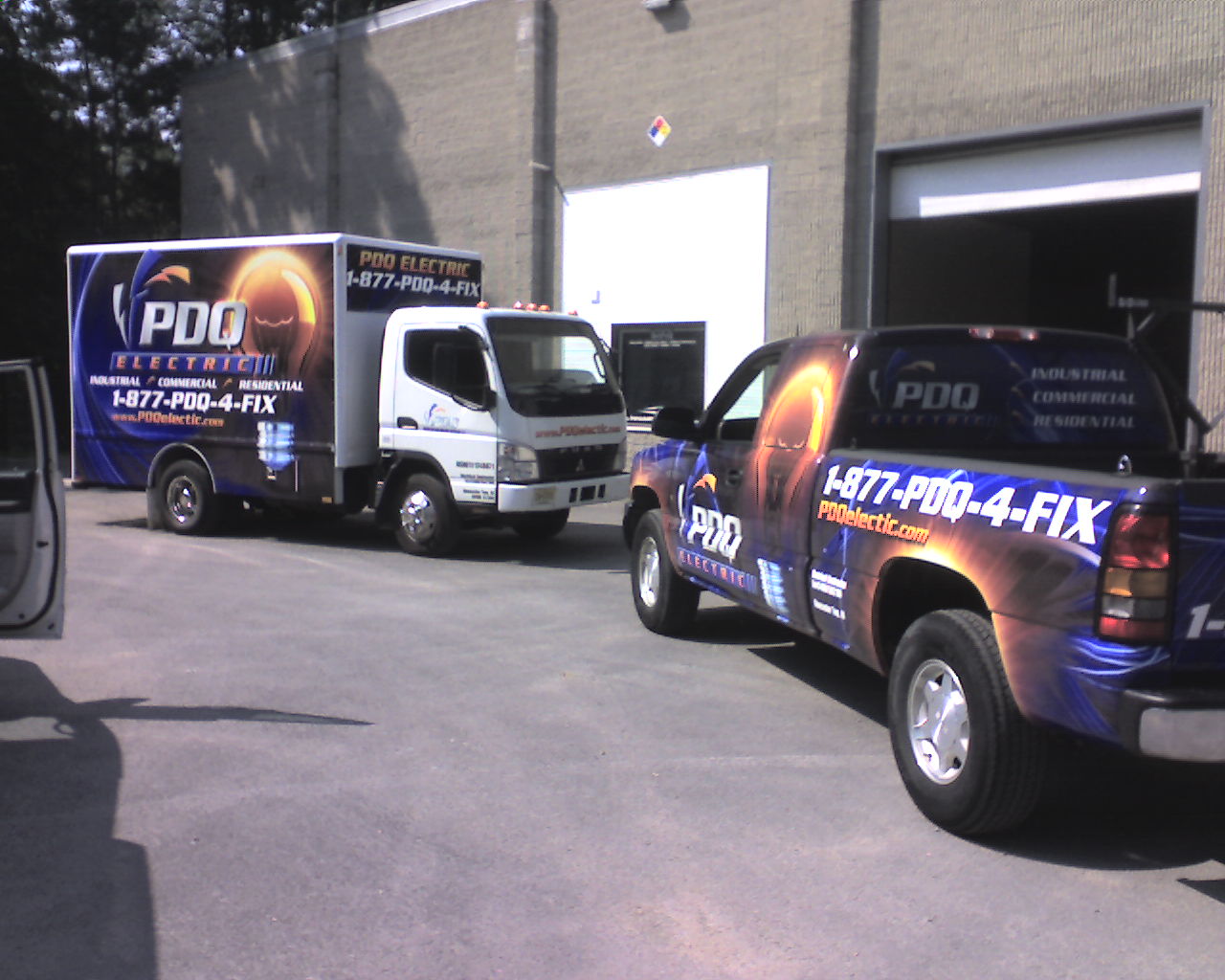 Industrial - Commercial
Industrial - Commercial  Electrical
Contractor
Electrical
Contractor 
PDQ Electric Corp
NJ, PA, DE, MD, NY, CT, DC, MA, RI
|

PDQIE - PDQ Industrial ElectricBattery Charging SystemsBattery Changing Station SafetyPowered industrial trucks are used in many industries for a variety of applications. Due to increasing technological advancements, battery powered industrial trucks are becoming more and more prevalent. With longer run times, shorter recharging times and reduced emissions, this type of truck is going to become even more popular. Currently, there are numerous styles of battery operated trucks that range from small, motorized pallet trucks to much larger high lift trucks. No matter what kind of truck you have, there are similar hazards associated with their batteries and their maintenance. Forklift BatteriesThere are two styles of batteries in industrial trucks today: Lead acid or nickel-iron. Both of these batteries can pose health and safety hazards. •Sheer weight—some batteries weigh as much as 2000 lbs. or more To protect workers from danger associated with the battery's weight, the batteries should only be removed and replaced from the forklifts using a special equipped forklift or battery cart specifically designed for transporting batteries, or even and automatic battery charger. Batteries that are being removed or replaced should be securely placed and restrained in the cart or the forklift. Use the correct tools and follow proper procedures when moving batteries. This will ensure that the battery remains stable and does not fall. Batteries release oxygen and hydrogen gases when they are charging. This effect, called "out gassing" is more noticeable if the battery is being overcharged. In the right concentrations, these gases can be highly explosive. Due to this "out gassing" effect, charging stations should be located in well-ventilated areas, to prevent concentrations of hydrogen and oxygen from reaching volatile levels. General or local ventilation can be provided by a fume hood or an exhaust fan. If an on-board charging system is used, the industrial truck itself should be parked in a location where there is adequate ventilation. Sulfuric acid is a common and hazardous component in a battery. In the event of a battery acid spill, neutralizing agents should be spread on the spill. These cleanup materials should be on hand at all times. After the spill is neutralized, it can be safely cleaned up and disposed of in accordance with local ordinances. Only properly trained and authorized employees should perform an acid cleanup. Personal Protective Equipment (PPE)Whenever changing or servicing a battery, personal protective equipment (PPE) should be worn to prevent harm if an accident should occur. The first area of concern is the weight of the battery. To protect workers against drops, proper footwear, such as steel-toe boots should be worn. Maintaining batteries by adding water or acid also requires appropriate protection. Chemical-resistant gloves, acid apron, eyewear and face protection are a must. They will reduce the risk of injury should an acid splash occur. As stated by OSHA 29 CFR 1910.133(a)(1), "The employer shall ensure that each affected employee uses appropriate eye or face protection when exposed to eye or face hazards from flying particles, molten metal, liquid chemicals, acids or caustic liquids, chemical gases or vapors, or potentially injurious light radiation." Face protection must meet the ANSI Z87.1-1989 specifications or be proven equally effective. Faceshields are considered as secondary eye protection only. Indirect or non-vented safety goggles should also be worn to protect the eyes. An eye/face wash and shower are other required pieces of equipment that must be in or near a battery changing area. According to OSHA 29 CFR 1910.151, "...where the eyes or body of any person may be exposed to injurious corrosive materials, suitable facilities for quick drenching or flushing of the eyes and body shall be provided within the work area for immediate emergency use." According to ANSI Z358.1-2004, the eye/face wash and shower must be within 10 seconds in distance of the hazard and on the same level as that hazard. This unit needs to be clearly identified with proper signs and adequate lighting. Basic Battery Charging GuidelinesIn order to insure that battery changes are performed safely, certain steps should be taken. In 29 CFR 1910.178, OSHA has called out a basic battery charging and changing guidelines: (g) Changing and charging storage batteries. 1. Battery charging installations shall be located in areas designated for that purpose. Call PDQIE Regarding Charging Your Batteries (877) PDQ-4-FIX | |
(877) 737-4349 (Toll Free)
(877) PDQ-4-FIX (Toll
Free)
(856) 625-6969 (Text
Messaging)
PDQ ia an Acronym for "Pretty Damn Quick"
|
PDQIE, www.PDQIE.com, info@PDQIE.com, quote@PDQIE.com, Ryan@PDQIE.com, PDQ Industrial Electric, www.PDQIndustrialElectric.com, info@PDQIndustrialElectric.com, quote@PDQIndustrialElectric.com, Ryan@PDQIndustrialElectric.com are marketing tools of PDQ Electric Corp, a NJ Licensed Electrical Contractor. Reddy Kilowatt® is a Registered Trademark of Northern States Power Company. The information on this website is believed to be reliable, but we cannot guarantee that information will be accurate, complete and current at all times and should be reaffirmed by a licensed professional before relying on it. PDQIE will from time to time revise information, products and services described in-on this Website, and reserves the right to make such changes without notice. Use of this Website is entirely at your risk. Materials and information in this Website (including text, graphics, and functionality) are presented without express or implied warranties of any kind and are provided "as is". It is your responsibility to evaluate the accuracy, completeness and usefulness of any opinions, advice, services and information provided.